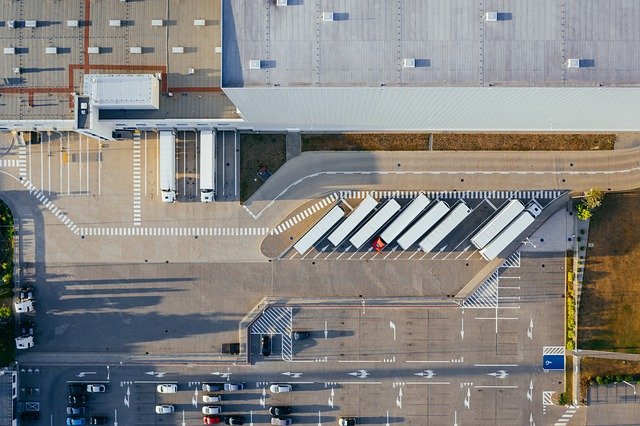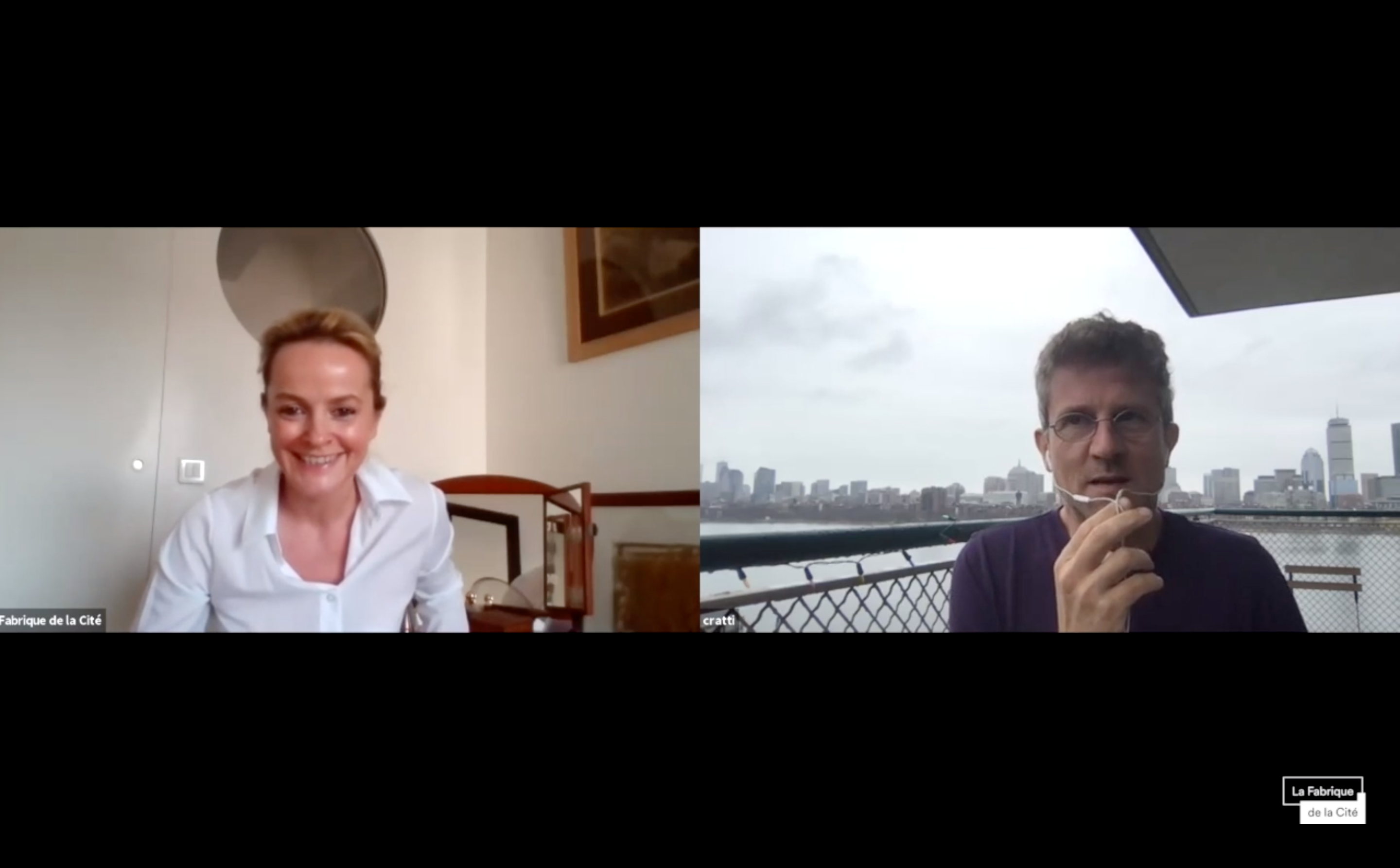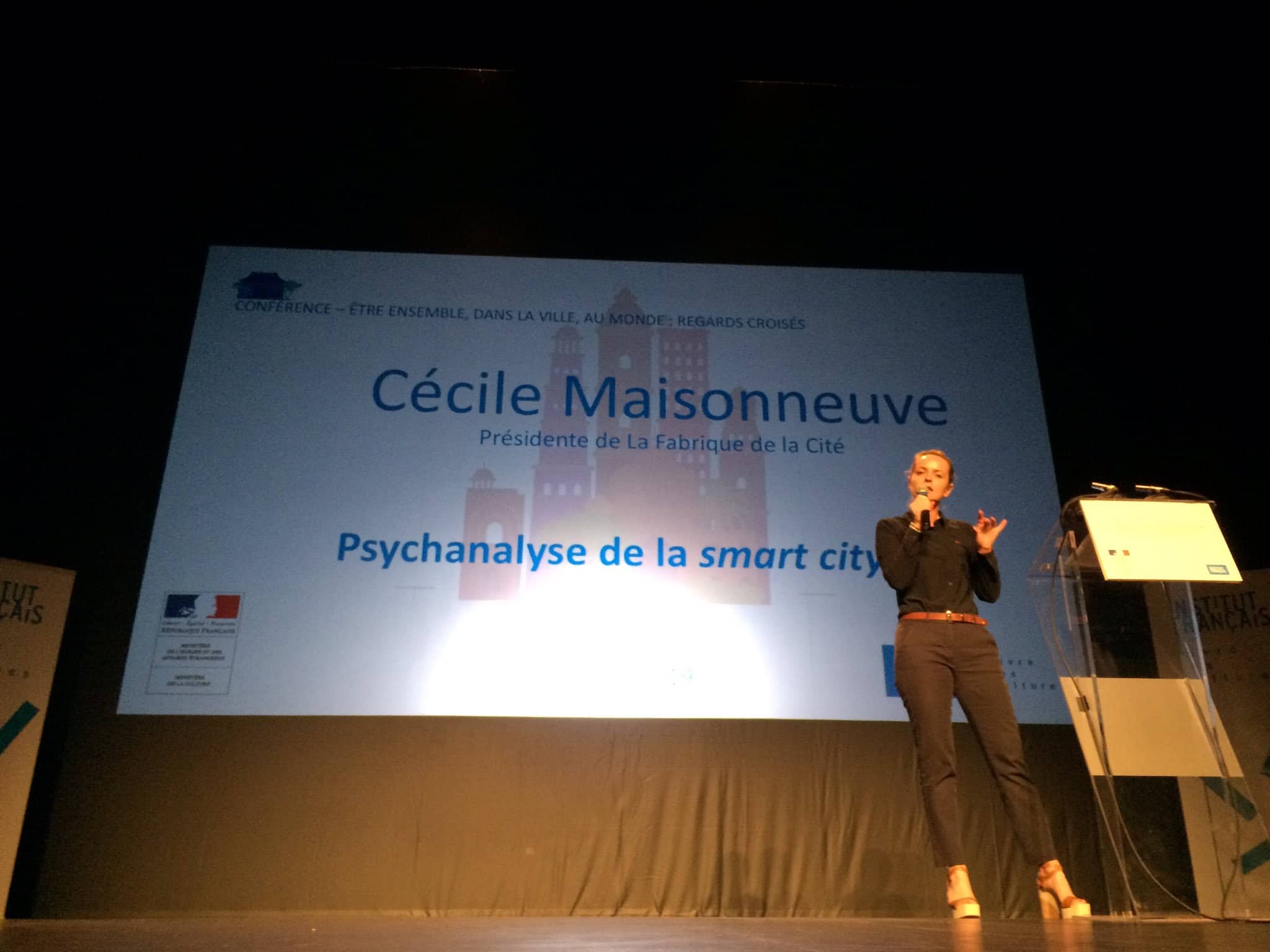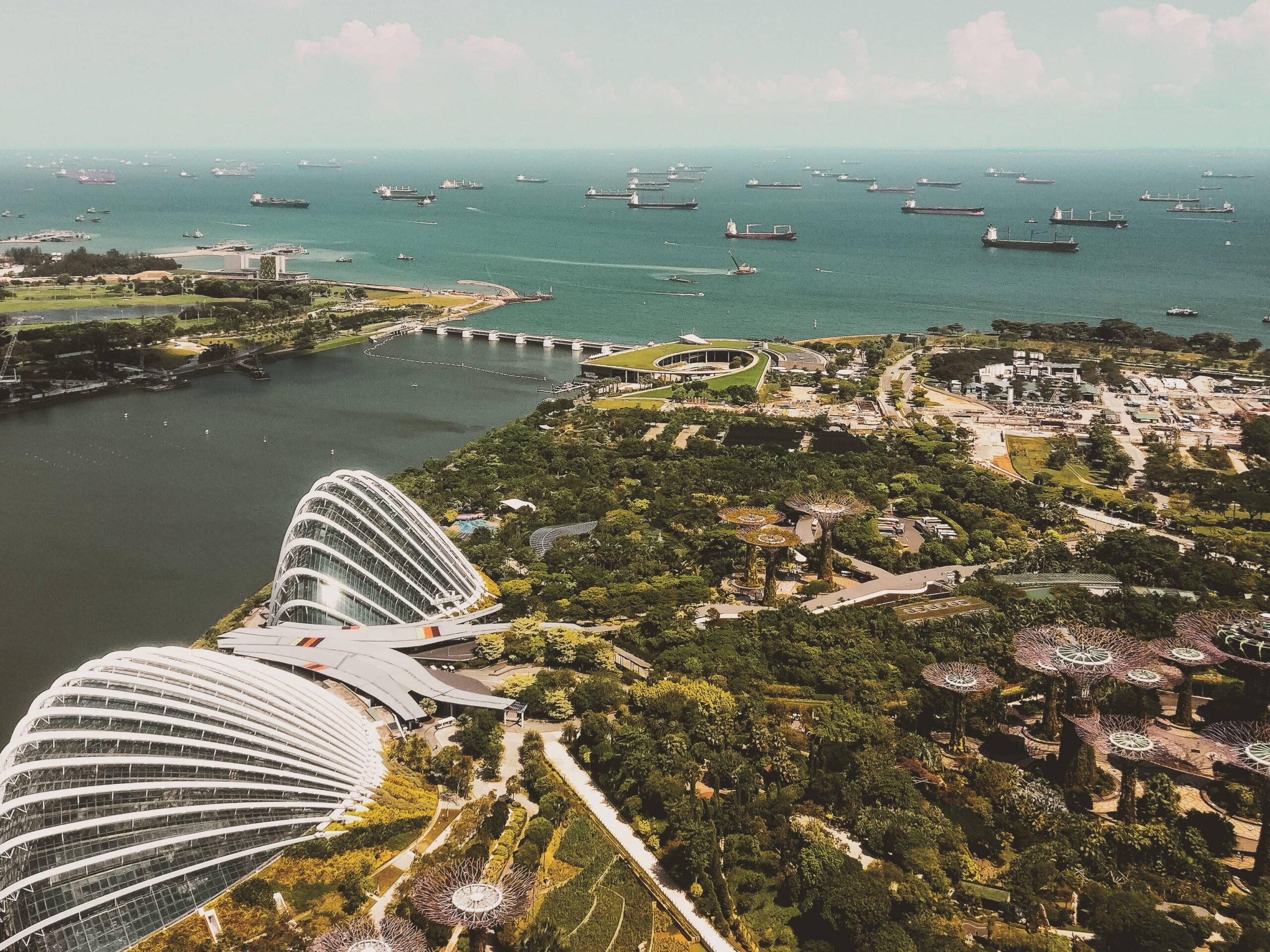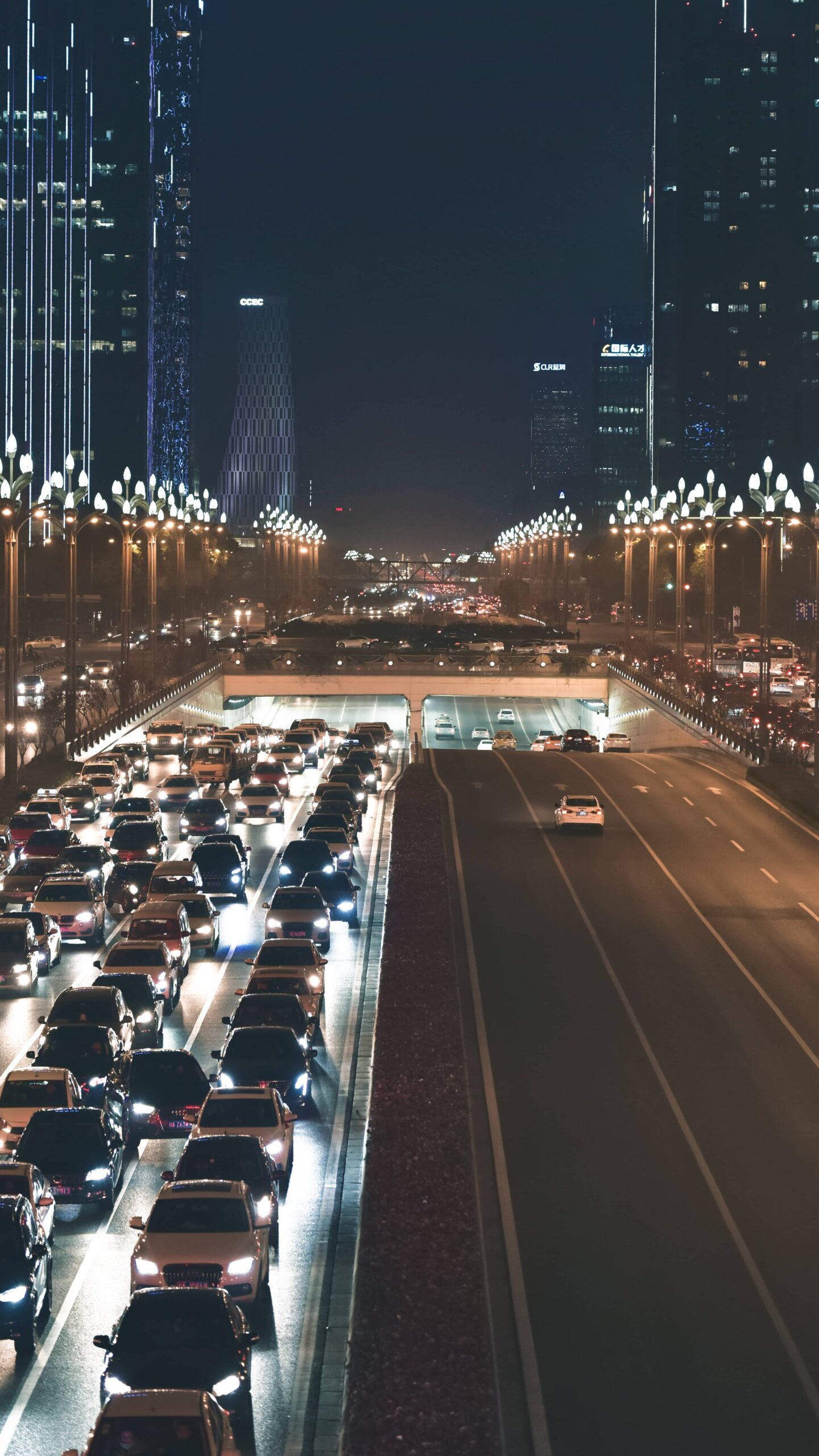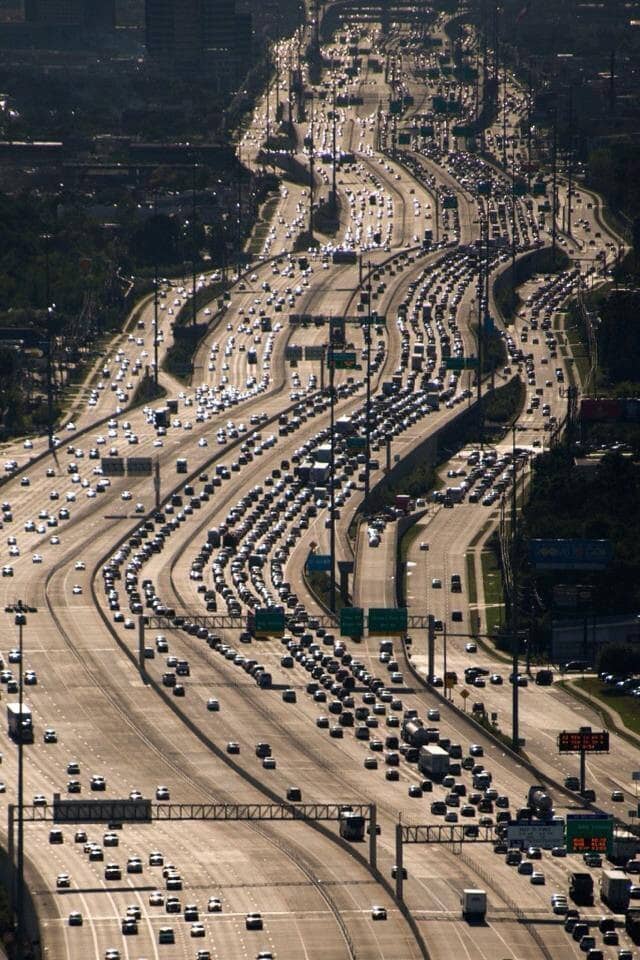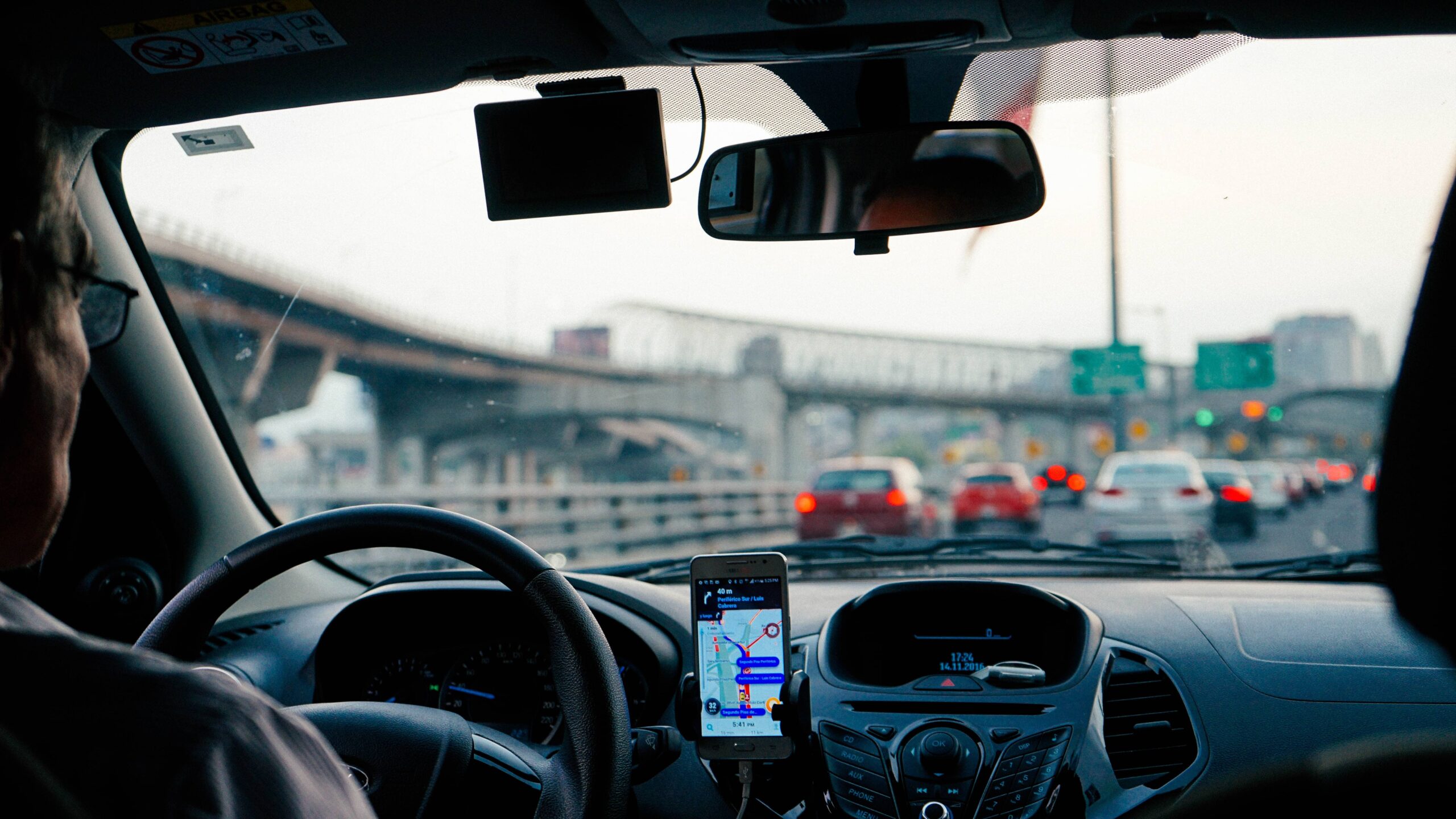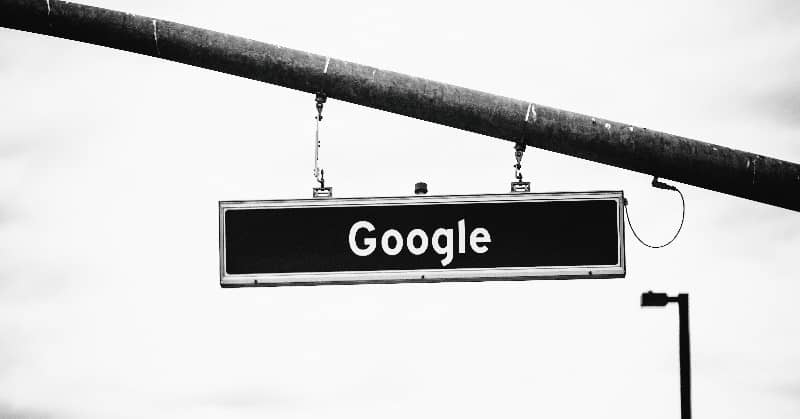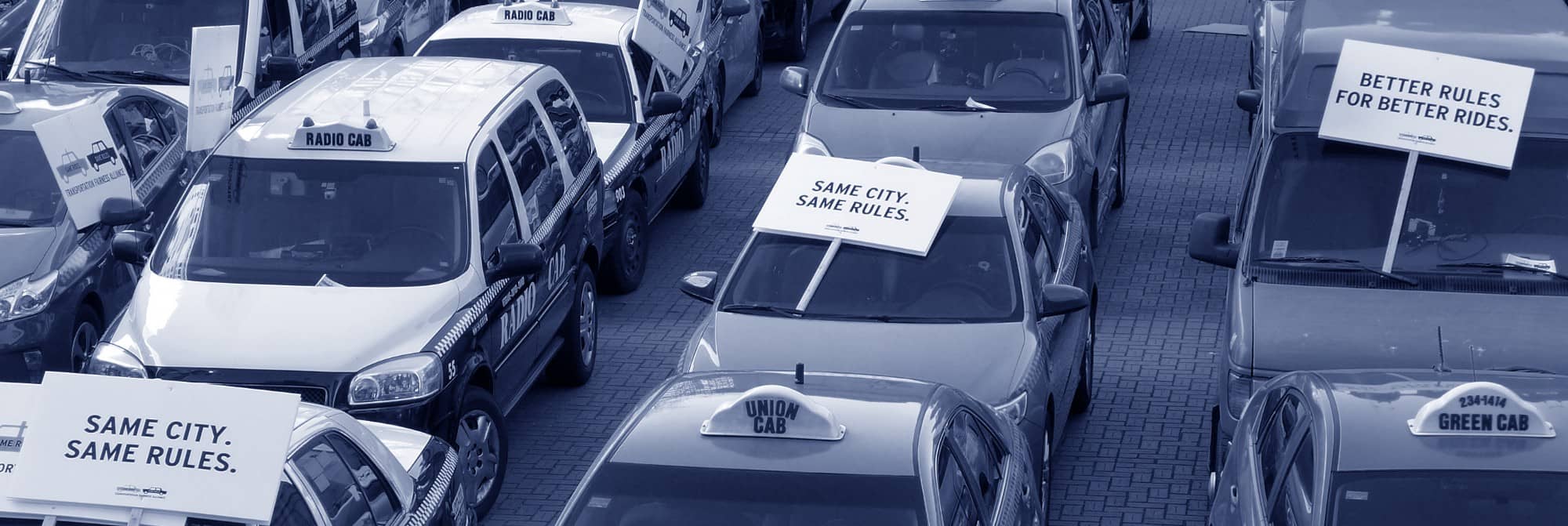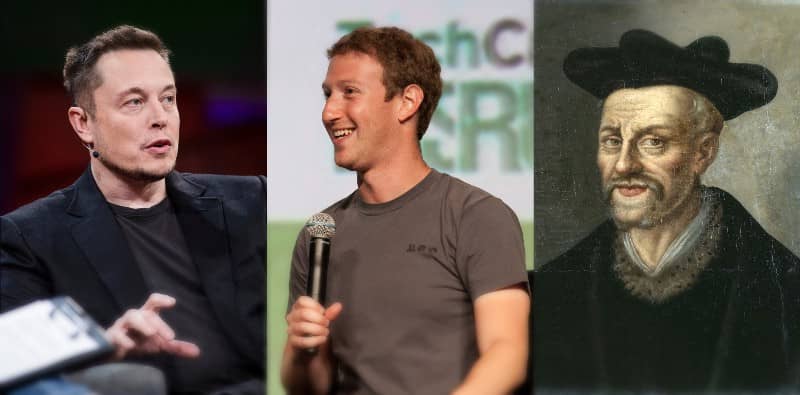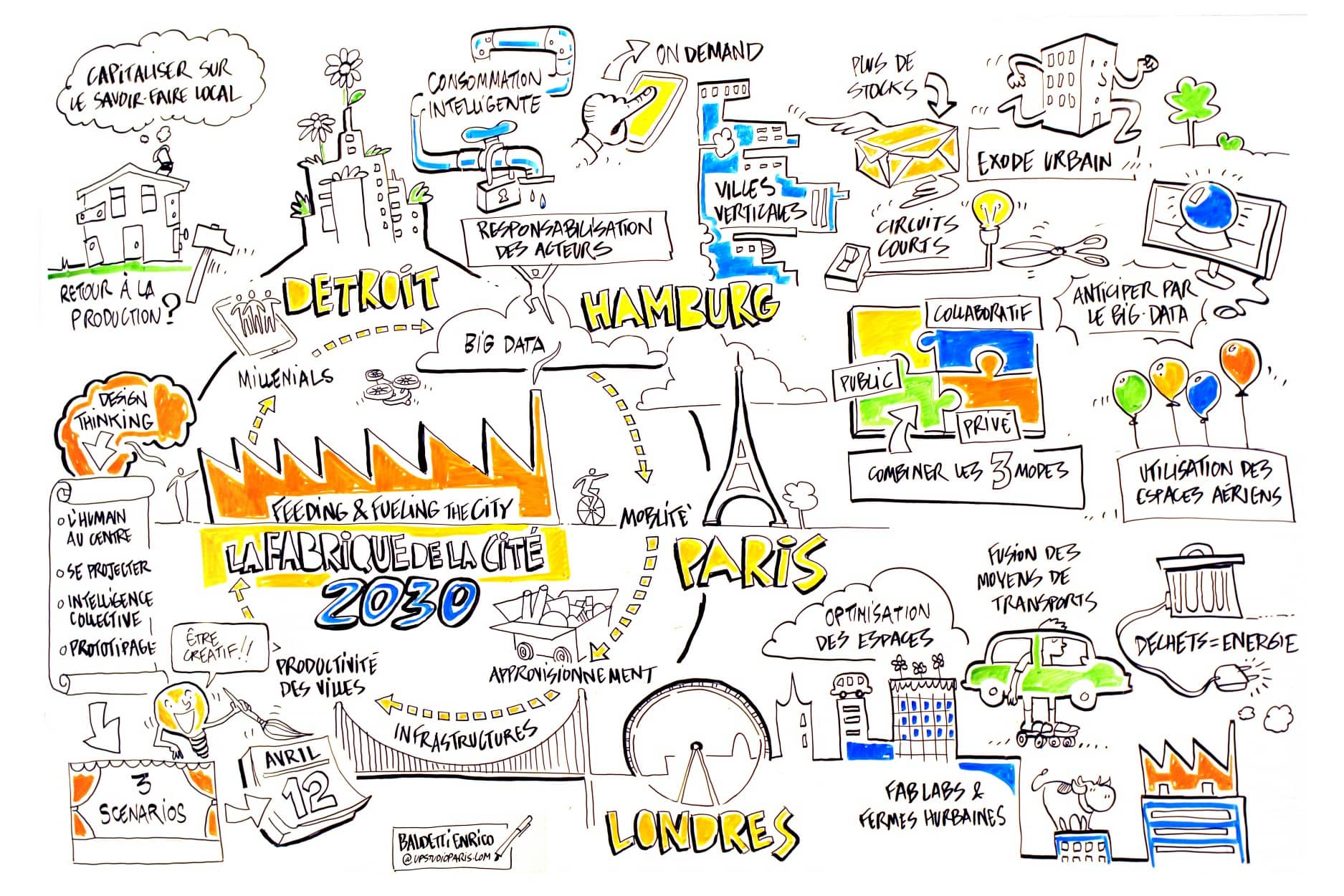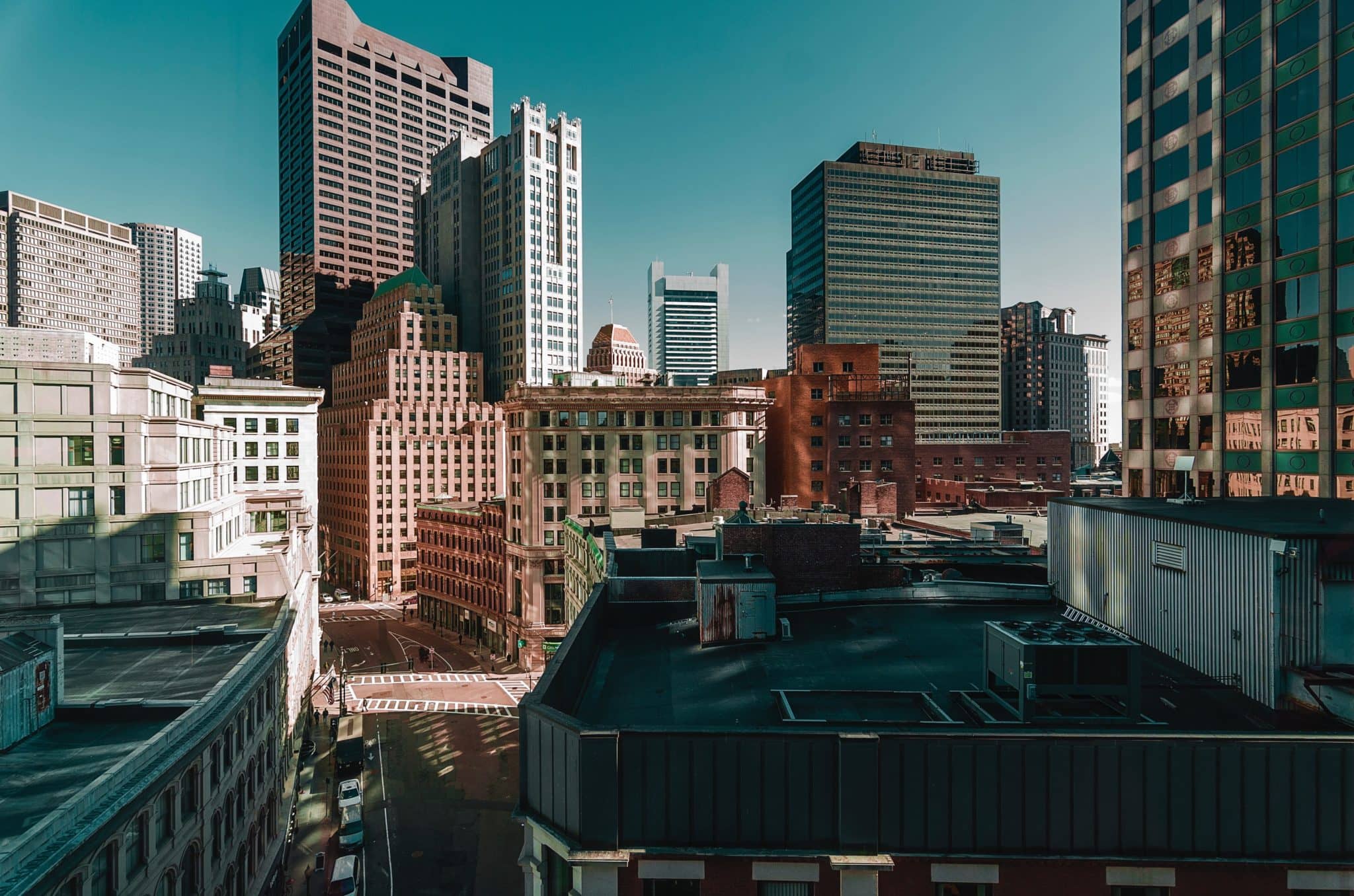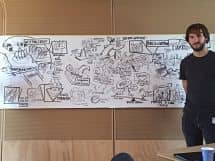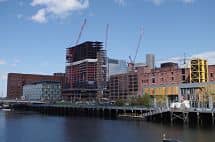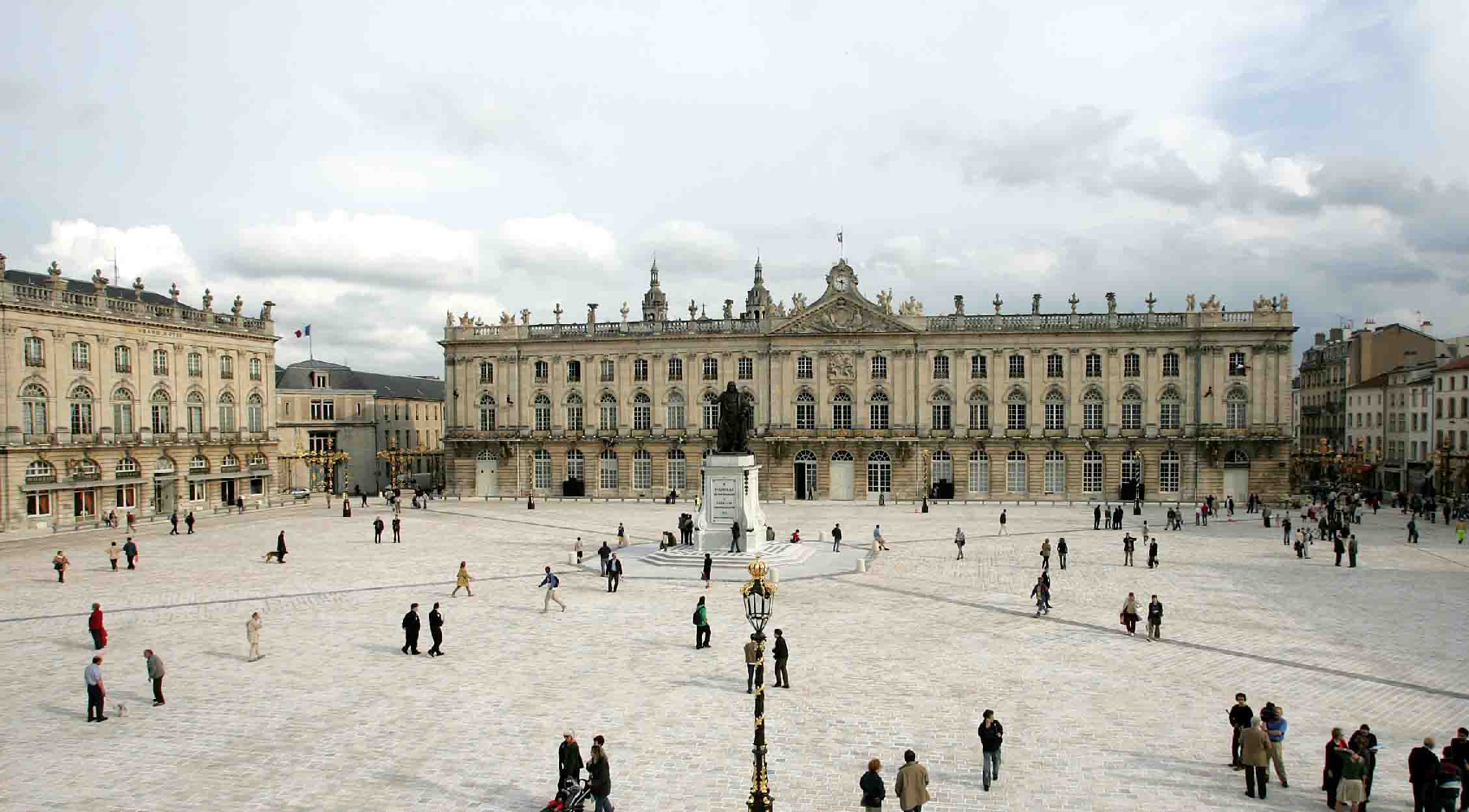

Retail in the city: when proximity sells
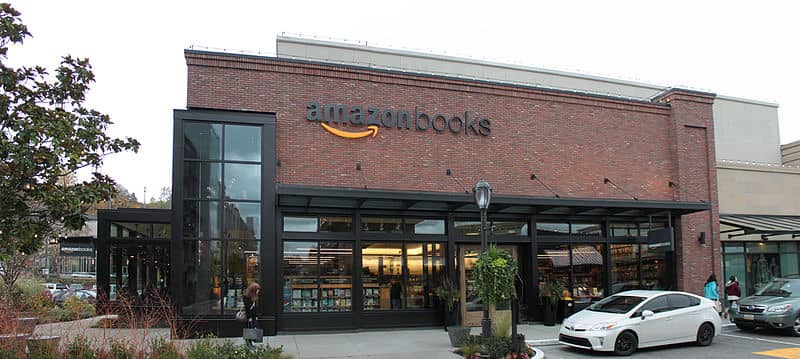
A 20% commercial vacancy rate… this figure does not refer to one of the target cities in France’s governmental program “Action coeur de ville”, designed to reinvigorate retail in French city centers. Instead, it refers to the beating heart of the world’s most famous city: Manhattan, and New York City. Are we to believe that what is happening in New York City foreshadows the future of great metropolises, including global metropolises like Paris, London, Hong Kong or Shanghai, whose fate could resemble that of those ailing medium-sized cities: the vanishing of traditional retail from city centers?
According to City Lab, three factors lie behind the unexpected trend observed in Manhattan. The first two relate to the malfunction of the local retail property market, whether it be the rents charged – too high on Manhattan’s most prized avenues – or landlords’ preference for long-term leases at a time when demand mostly concerns short-term leases destined to accommodate temporary, or “pop-up”, stores. The third cause may be a structural one: “well, because Amazon.” In other words, tech may have defeated physical retail, even in Manhattan.
This last argument is worth debating. In fact, there is evidence that the final word has yet to be spoken: the urban retail landscape is transforming, and it would be presumptuous to formulate a definitive prognosis.
Take Amazon. After spending years spreading the idea that buying books was out of fashion, Amazon is now opening… brick-and-mortar libraries in the United States! Ironically, some of these libraries are set to open in the very same locations where Amazon’s long-dead physical competitors once operated. Amazon is going so far as to reinvent the good old Reader’s Digest club… Closer to us, large retailers that once pushed for hypermarkets on the outskirts of cities are now opening “pedestrian drive-throughs” (a delightful concept!) in downtown areas, competing with one another in the very core of the city, as is the case in Lille. Just as tech did not cause offices to become empty, as noted by Carlo Ratti during our international seminar in Lyon in 2017, it is not destined to kill off physical retail, on the contrary!
The current reinvention of physical retail by digital retail is a good reminder of certain obvious facts: cities are living spaces, and no city can remain attractive if it fails to retain animated, diverse stores, inviting customers to browse and purchase. And, regardless of tech, the winning cocktail for a commercial town to attract and rouse interest remains the same, as evidenced by the 2018 Procos ranking: multimodal access, extended pedestrian area in the city core, peaceful sharing of the public space between cars, pedestrians, etc. (downtown parking garages), the organization of recurring cultural and touristic events, collaborative management of shopping streets in the service of a strategic vision, and a collaborative, contained development of peripheral areas over the long term. In this regard, let us turn our gaze back to the United States, whose declining appetite for commercial malls could spread to Europe, put a new spin on the question of the future of suburban areas, and reshuffle the deck for city centers.
Find this publication in the project:
These other publications may also be of interest to you:

Behind the words: urban congestion

Behind the words: food security

The political and technological challenges of future mobilities

“Once Upon a Time”…

Feeding and fueling the city

Boston Focus

Data for urban citizens

Towards the Amazon city?

Towards data-driven cities?
La Fabrique de la Cité
La Fabrique de la Cité is a think tank dedicated to urban foresight, created by the VINCI group, its sponsor, in 2010. La Fabrique de la Cité acts as a forum where urban stakeholders, whether French or international, collaborate to bring forth new ways of building and rebuilding cities.

















